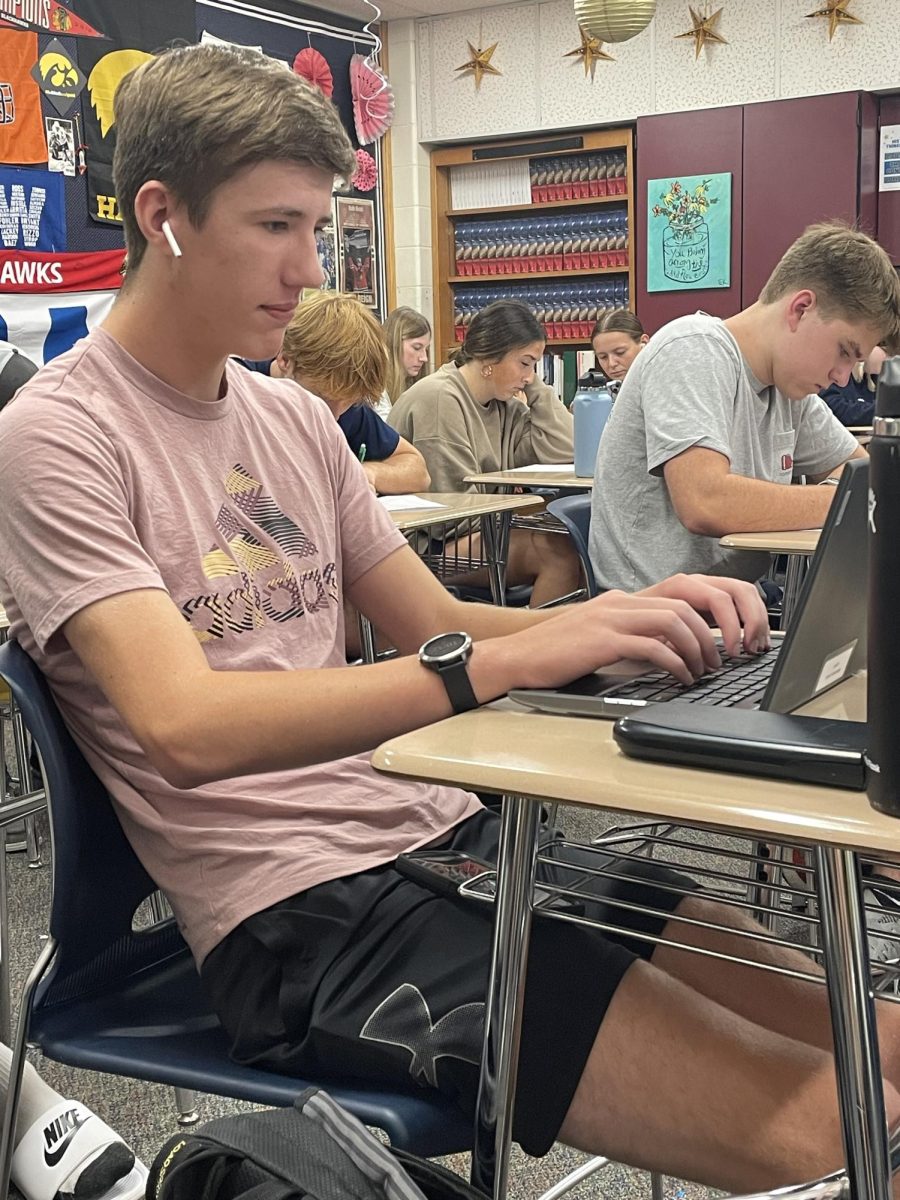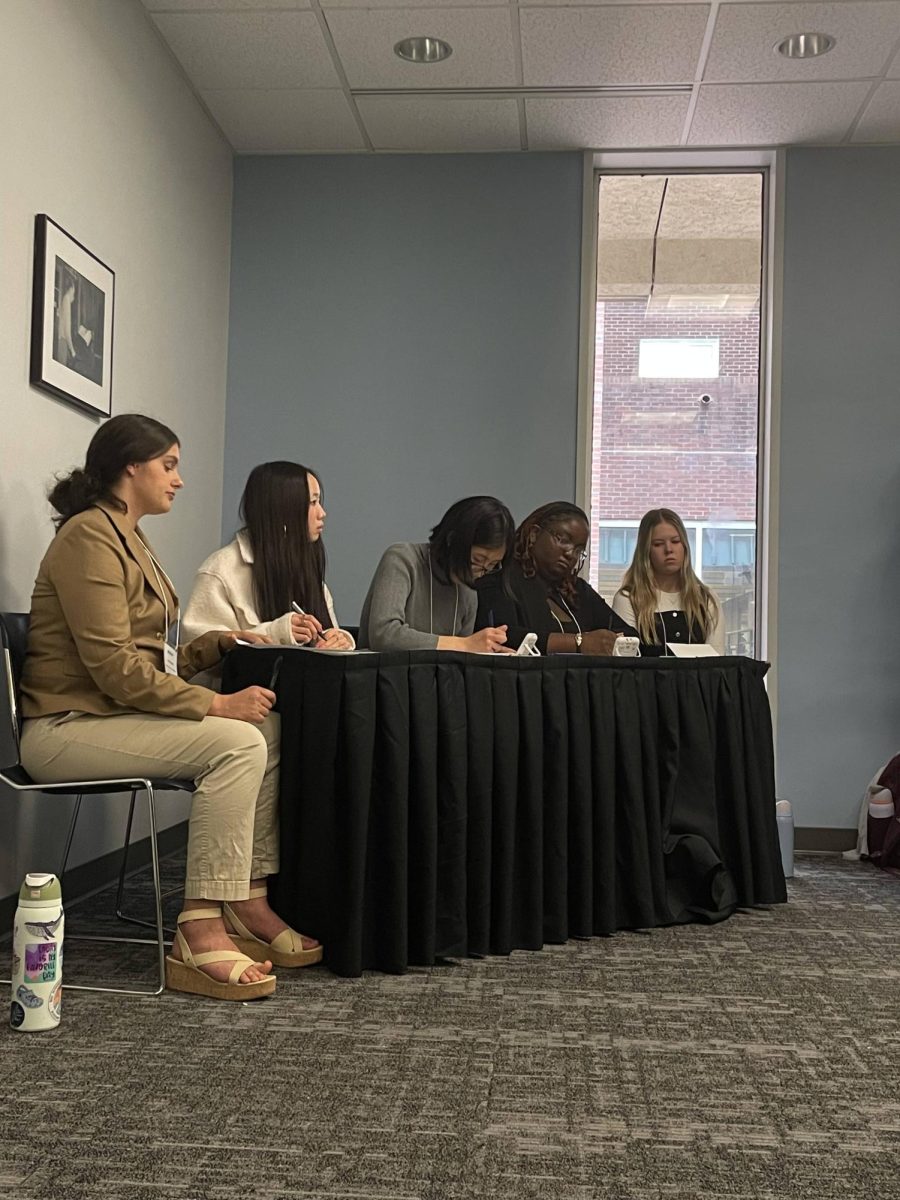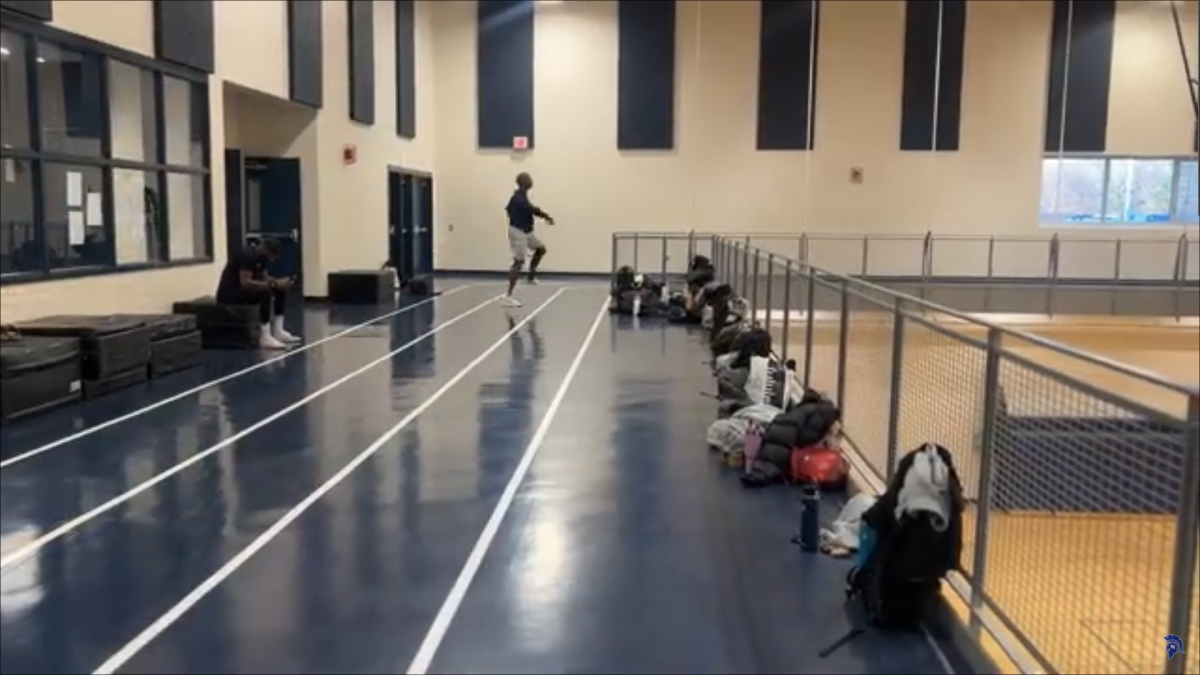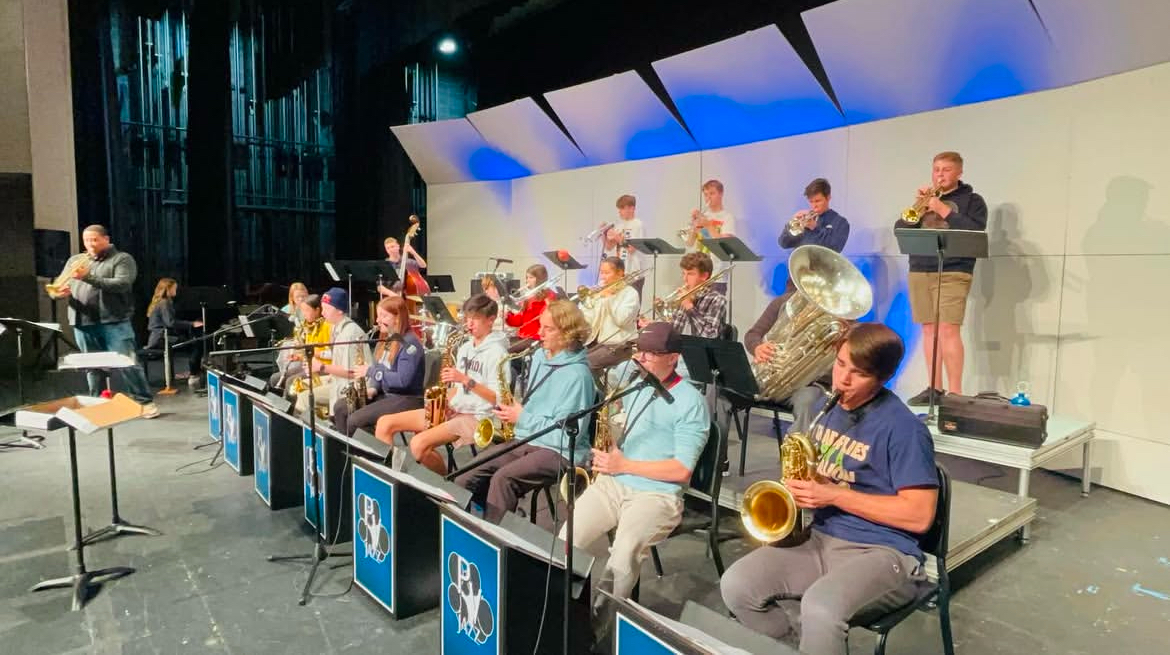A new epidemic plagues classrooms all throughout Pleasant Valley: listening to music during class. At any point during the day, students can see multiple people with earbuds in, shutting out the noise of the class. This phenomenon has been met with a variety of reactions by students and teachers.
There are many reasons for the increase in students listening to music, especially as the availability of music has increased. Students can now find any songs they want to listen to without much effort and for a low, or nonexistent, fee.
The main contributor to this outbreak is the Airpod. Apple’s wireless earbuds make it simple for students to shut out surrounding noise with their noise canceling features, and their size and shape are optimal for concealing the Airpod from teachers’ vision.
While students claim that listening to music helps them concentrate, it has been proven that listening to music in class is distracting. Students are distracted by songs that they love and songs with lyrics cause even more problems.
But students disagree with the results. “When listening to music, I am able to focus more and stress less,” commented junior Rafe Musal.
In a Taiwanese study, participants were split into three groups, one listening to hip-hop music, one listening to classical music, and one in silence. They were then asked to complete reading comprehension tasks. The results proved the consequences of listening to music as the group without any music scored the highest and the hip-hop group scored the lowest.
Contrary to the studies, there are benefits of listening to music in class. Music helps people to express themselves, convey emotions, and connect with others. By allowing students to listen to music, teachers can create a more positive environment in their classrooms. Music helps students to be more creative and productive.
Teachers have begun to adapt to the modern usage of music in classrooms, but not everyone has completely surrendered their beliefs. “I’m fine if I’m not directly instructing, but if I’m lecturing I want their attention,” said economics and US history teacher Erin Klage.
Many solutions have been attempted by teachers, each trying to find ways to implement the benefits without too many drawbacks.
Solutions have included letting students listen whenever they want, giving students certain times to listen, and having a playlist that the teacher plays for the students aloud. Teachers are trying to find the balance between too much freedom, causing it to be distracting and a lack of freedom, so students do not receive the benefits of music.
Students understand the distractions that music can cause, but are hoping for compromises. They find it important to have at least some time to be able to listen to their music, “Dedicating specific times to listen to music in class, like during the last 10 minutes or during work time would work,” suggested Musal.
Teachers have already begun to try this path by removing restrictions during time they give students to work when they are not instructing. Klage has been doing this in her classes too, and she even has her own music that she plays for students during their work time.
Moving forward, teachers are trying to find ways to integrate music into their classes. Music has potential to be very beneficial in helping students to learn if teachers are able to keep it from distracting students.















